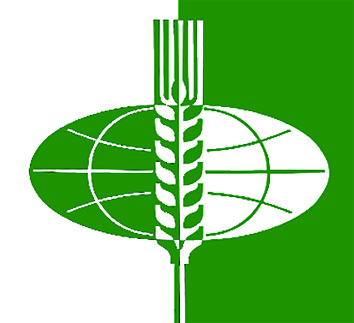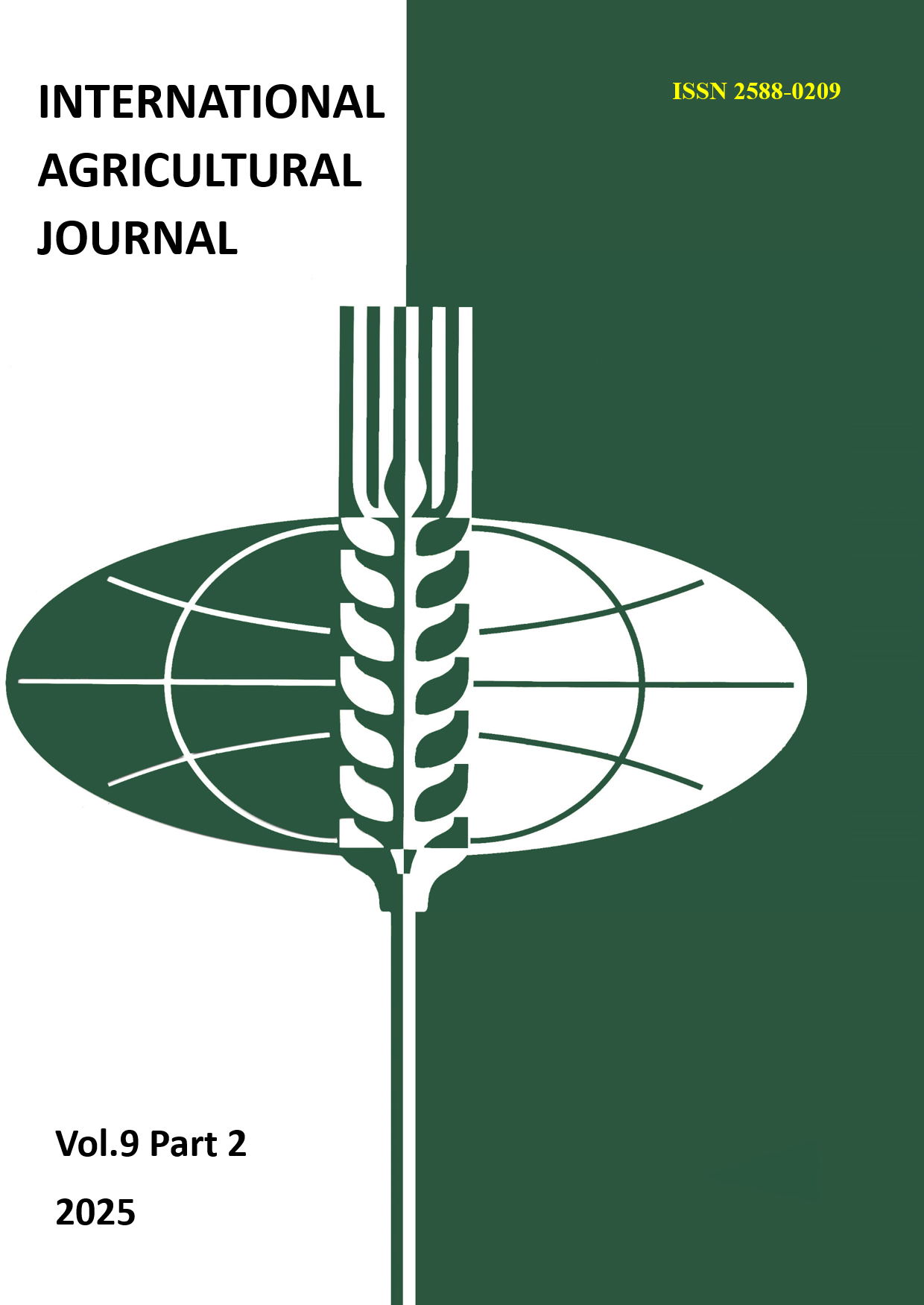Russian Federation
Russian Federation
Russian Federation
Russian Federation
Russian Federation
Russian Federation
Over the past decades, tens of millions of hectares of agricultural land in Russia have been abandoned and are undergoing natural colonization by forest. Both secondary (undesirable) and principal forest-forming species are regenerating spontaneously, yet the extent of this colonization and the quantitative and qualitative attributes of the young stands remain poorly studied. Moreover, there is an urgent need to justify and develop appropriate silvicultural treatments. The present study surveyed abandoned agricultural sites in the Republic of Tatarstan—specifically in the Laishevsky, Bugulminsky, and Mamadyshsky districts—that have become overgrown with self-sown forest. On a series of permanent sample plots, we assessed the quantitative and qualitative characteristics of the naturally regenerated stands. Our results indicate that these sites hold considerable potential for afforestation. Natural regeneration is dominated by fast-growing species—pine (Pinus sylvestris), birch (Betula spp.), and poplar (Populus spp.). The mean distance of the young stand from the forest edge ranges from 70 to 300 m; mean seedling density is 6.4 mature pine stems, 1.4 birch stems, and 0.8 poplar stems per plot; mean stand age is 11 years; and mean height is 4.8 m. The proximity of a seed source ensures viable natural regeneration of pine and other broad-leaved species across all plots. No standing-dead trees were recorded. With timely implementation of targeted silvicultural measures, these areas can be converted into high-productivity stands of site-quality classes Ia–I, yielding an average wood increment of 10–15 m³ per hectare.
neispol'zuemye zemli; drevesno-kustarnikovaya rastitel'nost'; gustota; zarastanie; lesnoy massiv; polezaschitnye lesnye nasazhdeniya; lesorazvedenie; agrolandshaft; lesomelioraciya














